Join us today as we profile one of the most widely used ingredients in modern perfumery: patchouli oil. Find out how this striking oil gained popularity across the globe, being adopted by different cultures throughout history before landing as one of the perfume industry’s most prominent notes today. Plus, find out how you can use patchouli essential oil to make your own personal perfumes to stand out from the crowd. But first, let’s put patchouli in perspective…
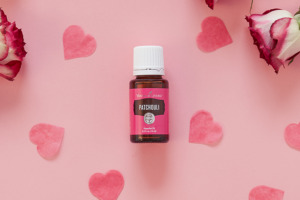
What is patchouli oil?
Prized for its intense aroma and rich history, patchouli (Pogostemon cablin) is a shrubby perennial plant of the mint (Lamiaceae) family. Native to the Asian region, including India, Malaysia, and Indonesia, this evergreen herb thrives in tropical climates and can grow up to 3 feet tall with leaves that bloom delicate flowers.
Patchouli is most-commonly cultivated for its essential oil which is extracted via steam distillation. The process is unique in the sense that the leaves and stems harvested from the plant must first be dried out in the shade before being steam distilled to extract patchouli oil in its purest form.
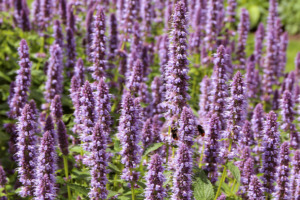
The origins of patchouli
The name Patchouli comes from the old Tamil words patchai and ellai which translates to “green leaf”. Seems straightforward, right? But the history of this aromatic plant is anything but straightforward.
The South Indian people that coined patchouli’s name also developed some of its first known uses. They used the leaves for medicinal properties, as insect repellent, and sometimes as an ingredient in herbal tea. Patchouli then made its way to the Middle East via the silk trade routes as merchants would cover their products with the plant, believing it would protect the silk from moths.
Fast forward to the 19th century, French women adorned themselves with patchouli-scented shawls. This look was even adopted by Empress Eugenie, making it a desirable commodity in Europe and other western civilisations. It was rumoured that many women chose their silk shawls not based on the pattern or design, but the potent scent of patchouli. Whether merely a rumour or not, the scent of patchouli soon permeated upper class society.
Midway through the 20th century, patchouli’s association shifted from one of high fashion and wealth to head shops and hippies as patchouli oil saw a rise in popularity with the counterculture movement of the 1960s and 70s. Though the flower children used a version poor in quality, that did not stop them from embracing the rich, musky scent and iconising it as a symbol of freedom.
After its brief stint as an emblem of hippie culture, patchouli oil made a comeback in the early 90s as a luxury fragrance as perfumiers started making it a central note in perfumes for both men and women. It is now recognised as one of the most widely used ingredients in the modern perfume industry!
Did you know?
- A pound of Gold was once exchanged for a pound of patchouli by European traders.
- Egyptian pharaoh Tutankhamun was buried with 40 litres of patchouli oil.
- “Queen of Pop” Madonna had patchouli-scented packaging for her 1989 album, Like A Prayer.

Patchouli in perfumes
Patchouli oil has a bold, distinctive aroma that is deep, earthy, and woody yet has a subtle sweetness. The scent can be polarising, with some celebrating it for its richness and depth, whilst others find it intimidating and musky. But it’s exactly that depth that means it leaves a long-lasting fragrance, a quality that makes it a popular ingredient in perfumes.
Along with its enduring scent, patchouli oil is incredibly versatile and mixes well with many other oils, including sandalwood, vetiver, and bergamot. This versatility frees the aroma from any gendered stereotypes and is why it can be found as a common base note in both masculine and feminine fragrances.
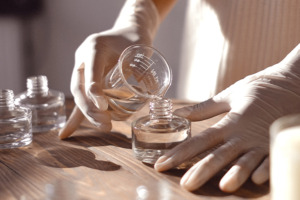
Make your own perfume with patchouli
In today’s individualistic society, it’s important for people to have a unique scent and this can be achieved by layering fragrances. Luckily, many scents make great playmates for patchouli. Whilst patchouli and vanilla create an intoxicatingly earthy yet sweet and warm aroma, jasmine and patchouli are a divine concoction of elegance and romance. When layered with other woods like sandalwood and vetiver, patchouli compliments the nuances of each unique woody scent. Likewise, florals including lavender and ylang ylang work to balance out the boldness of patchouli’s character. If you’re new to the world of fragrance layering, try out one of these patchouli-infused blends to find your new signature scent.
DIY perfume blends
Once you pick your recipe from below, combine the drops of essential oil with carrier oil in an empty roll-on bottle to create your personal perfume!
Rose Garden
- 5 drops of Bergamot essential oil
- 3 drops of Patchouli essential oil
- 2 drops of Rose essential oil
Cool Breeze
- 5 drops of Cedarwood essential oil
- 3 drops of Lime essential oil
- 2 drops of Patchouli essential oil
Summer Delight
- 5 drops of Orange essential oil
- 3 drops of Rose essential oil
- 2 drops of Patchouli essential oil
Sensual Citrus
- 3 drops of Orange essential oil
- 3 drops of Melissa essential oil
- 2 drops of Patchouli essential oil
Love Struck
- 5 drops of Lavender essential oil
- 3 drops of Patchouli essential oil
- 2 drops of Ylang Ylang essential oil
Nature Walk
- 5 drops of Geranium essential oil
- 3 drops of Cypress essential oil
- 2 drops of Patchouli essential oil
Pre-made blends
To make things even easier, Young Living proudly boasts a fantastic range of patchouli-infused essential oil blends ready for you to enjoy.
- Di-Gize®: This essential oil blend combines Tarragon, Ginger, Peppermint, Juniper, Lemongrass, Anise, and Patchouli for an exotic aromatic blend.
- Peace & Calming®: Inspired by nature, this sweet and zesty blend is expertly crafted from Ylang Ylang, Blue Tansy, Patchouli, Orange, and Tangerine. Also available as a roll-on!
- Abundance: This captivating blend of Frankincense, Cinnamon, Orange, Patchouli, Clove, Ginger, Myrrh, and Black Spruce is a perfect warming scent to uplift and enjoy.
- Magnify Your Purpose: Ignite your passion with this sweet and spicy blend of Sage, Nutmeg, Cinnamon, Sandalwood, Patchouli, Bergamot, Ylang Ylang, and Geranium.
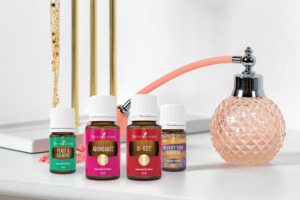
Like this blog and let us know in the comments which essential oils you think pair best with patchouli.

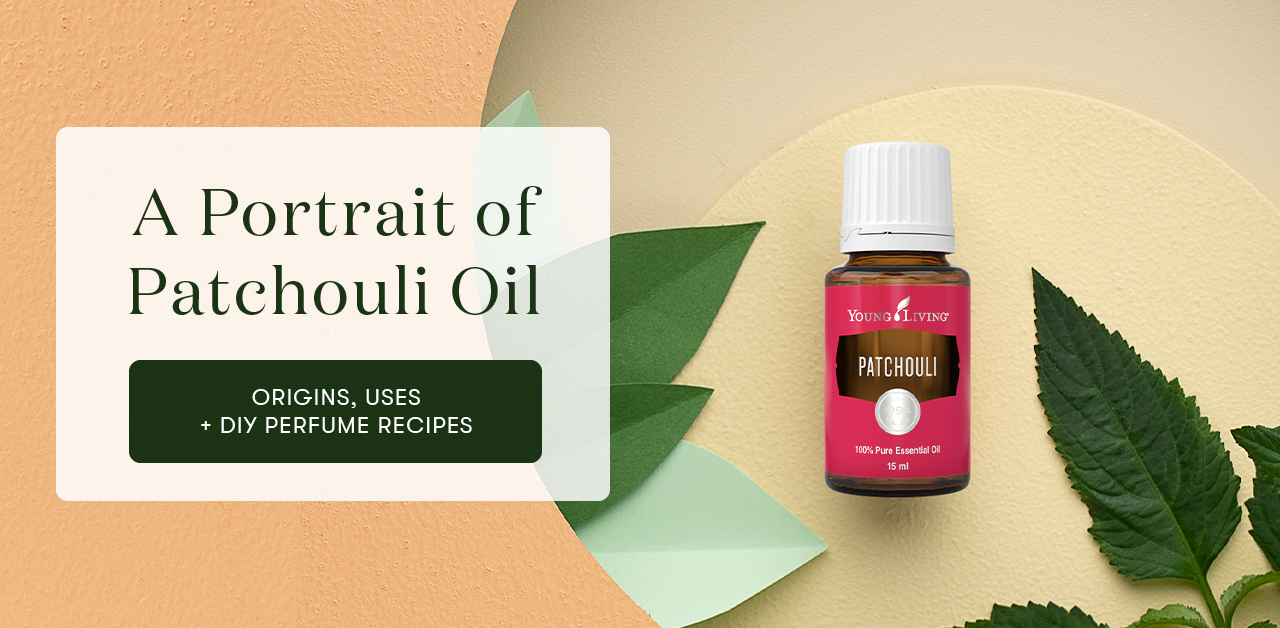





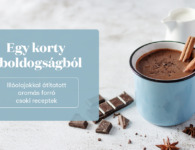






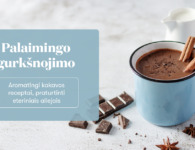



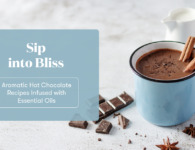

1 Comment
Ylang ylang and lime pair beautiflly!